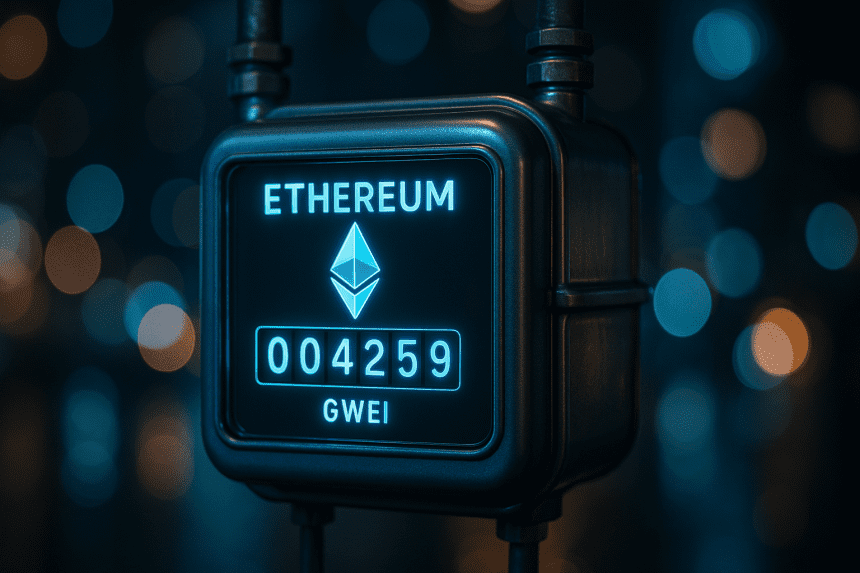If you’ve ever tried moving Ethereum around, Gas fees can feel random one minute your swap looks cheap, the next it’s suddenly pricey. That’s normal on a busy network, and it’s exactly why an Ethereum Gas Tracker is worth bookmarking. Think of it as your toll road navigator: check it before you drive.
Gas is just the cost to run transactions on Ethereum, paid in gwei. Simple sends sip gas, NFT mints and DeFi calls drink a lot more. When traffic spikes, so do fees. A tracker shows live ranges so you can decide to send now, wait for a calmer window, or tweak your settings.
Since EIP-1559, fees break down into a base fee (burned), a priority tip to validators, and your gas limit (a cap on how much you’ll spend). If you want to pay less in practice, batch actions where it makes sense, avoid peak hours (U.S. workday tends to be pricey; late nights/weekends UTC are usually cheaper), and consider Layer 2s like Arbitrum, Optimism, and zkSync. Rollups bundle many transactions and post them to mainnet, which typically cuts costs dramatically.
Wallets give decent estimates, but a dedicated tracker pulls fresher data. And with upgrades like EIP-4844 (proto-danksharding) plus growing L2 adoption, the long term trend should be friendlier.
If you run a project, fees affect margins and user experience watching them isn’t optional. For everyone else, the workflow is simple, open a tracker, glance at low/avg/high, pick a speed, confirm in your wallet. The same 0.5 ETH send can cost tens or pennies depending on timing. That extra ten seconds to check often pays for itself.
Bottom line: gas isn’t going away, but smart timing and the right tools make it manageable. Check the tracker, then hit confirm. Future-you will be grateful.


















